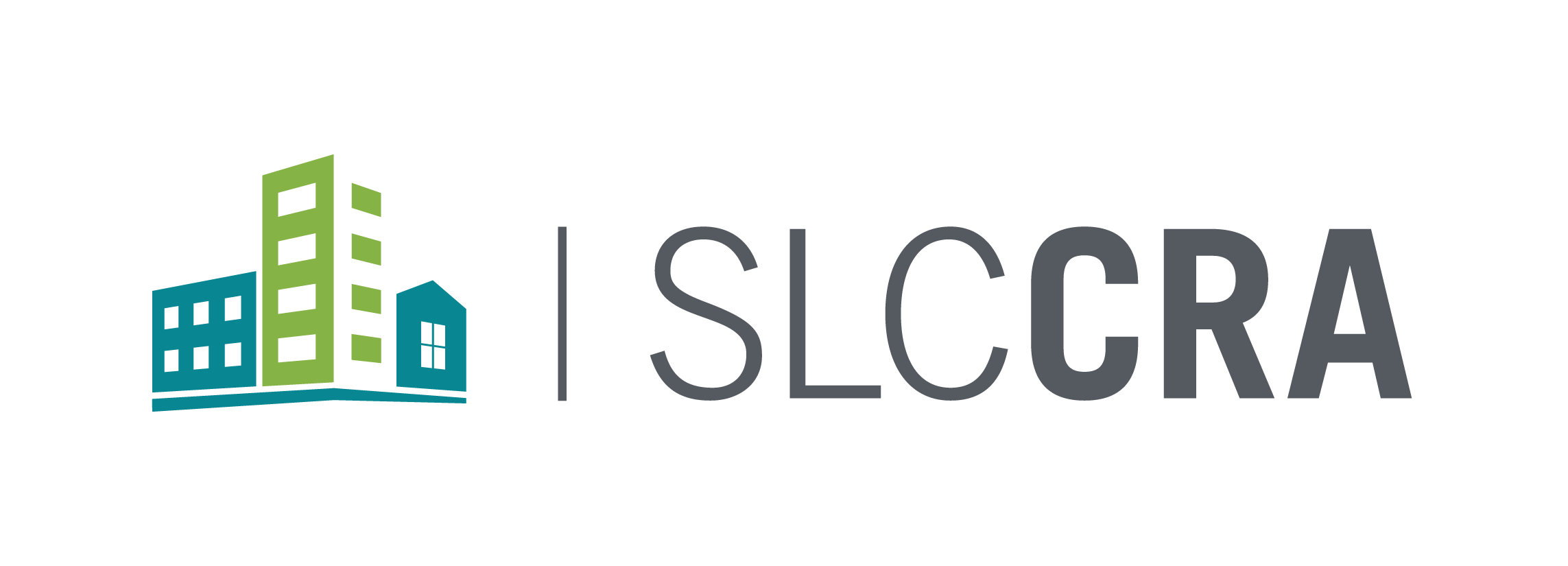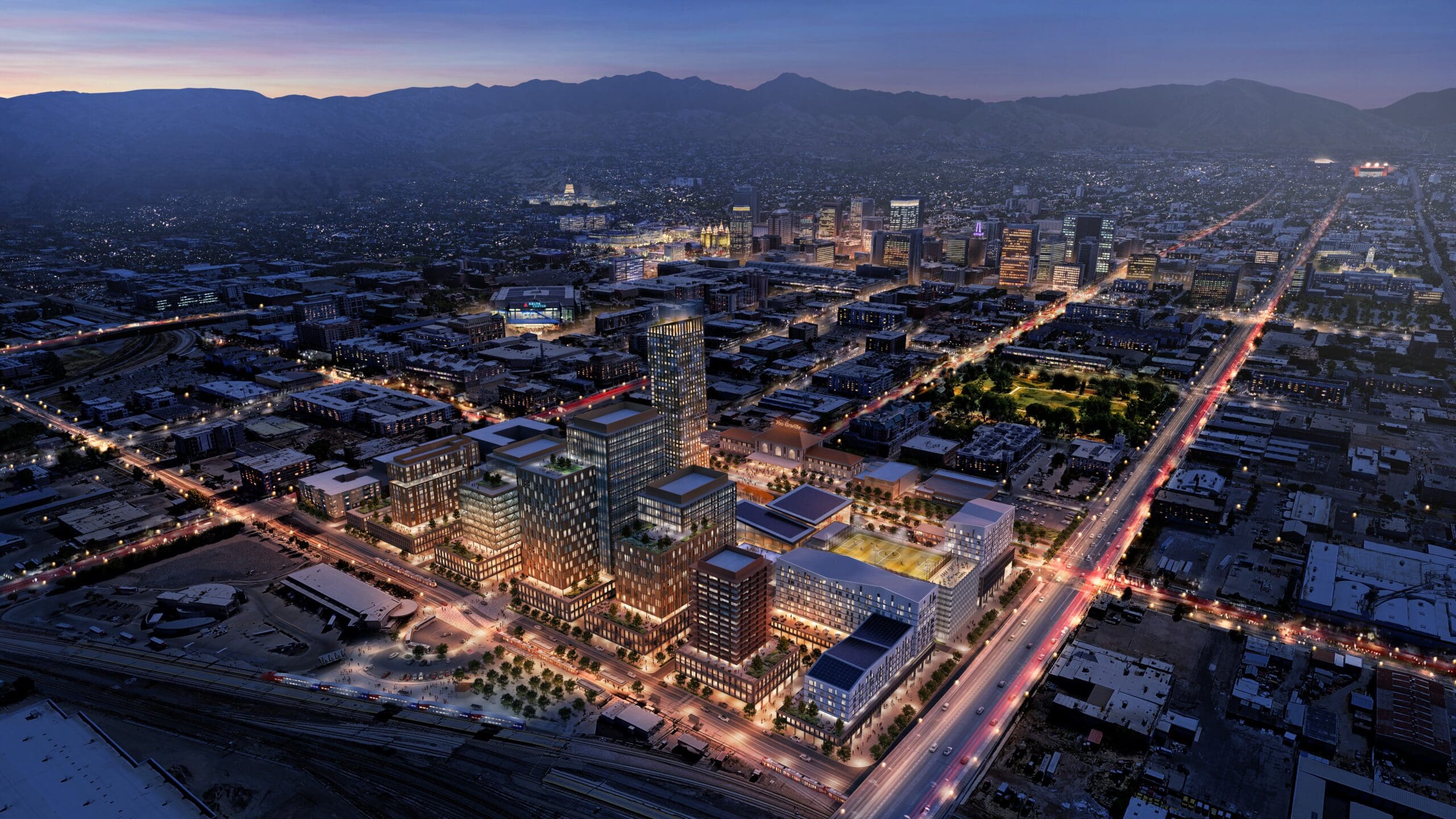Rio Grande Cleanup to Boost CRA Redevelopment Plans
Salt Lake City’s Community Reinvestment Agency (CRA) is celebrating a major step forward in the transformation of the Rio Grande District following the U.S. Environmental Protection Agency’s announcement of a $2 million Brownfields Cleanup Grant directed to property owned by the University of Utah. The site is a key component of the city’s long-term redevelopment strategy for one of the most transit-accessible areas in the state.
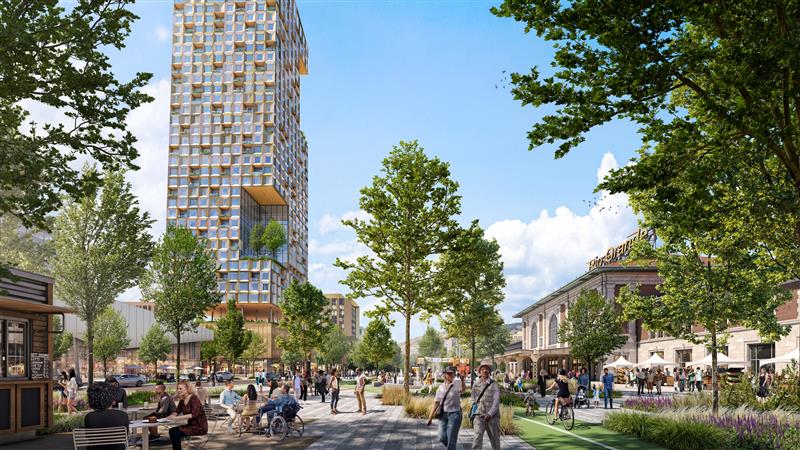
The grant will support the environmental remediation of vacant land located near 600 West and 400 South, within Salt Lake City’s Rio Grande District. The cleanup will address legacy contamination that currently restricts the site’s potential for redevelopment.
Transforming a Gateway into a Destination
“The CRA has spent years working alongside neighborhood stakeholders to develop a bold, transit-oriented vision for the Rio Grande District,” said Cara Lindsley, Deputy Director of the Salt Lake City CRA.
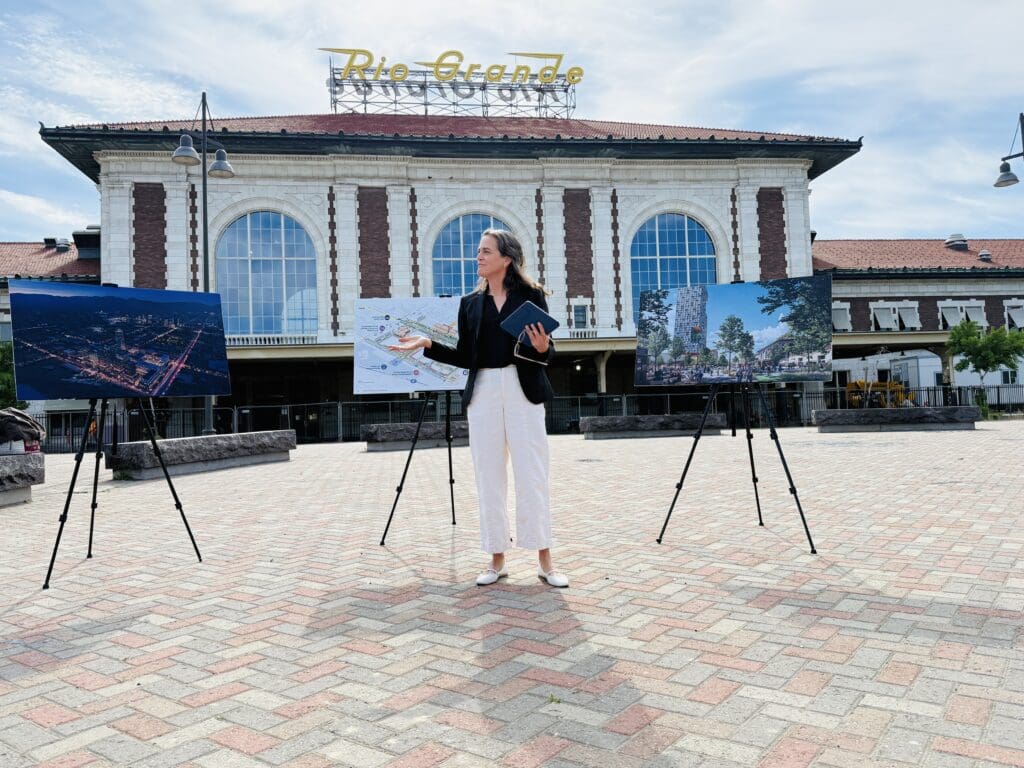
“This award helps clear a path for implementation. When fully realized, this district will serve as a memorable gateway to our capital city, with a rich mix of housing, jobs, local business, and vibrant public space.”
The CRA owns 11 acres of property across the district and is leading efforts to transform the area into a model of sustainable urbanism. The Rio Grande District Plan envisions a neighborhood built around walkability, bikeability, and access to Utah Transit Authority’s Salt Lake Central Station. UTA, another key partner, also plans to redevelop its adjacent property into a new headquarters and enhanced transit center.
The Power of Partnership
The $2 million award is part of the EPA’s broader $300 million investment from the Bipartisan Infrastructure Law to clean up and revitalize former industrial and commercial sites. According to the EPA, this is the largest-ever investment in Brownfields remediation in U.S. history.
“By investing in the cleanup of this underutilized site, we are turning a once-blighted property into a foundation for growth and opportunity,” said EPA Regional Administrator Cyrus Western.
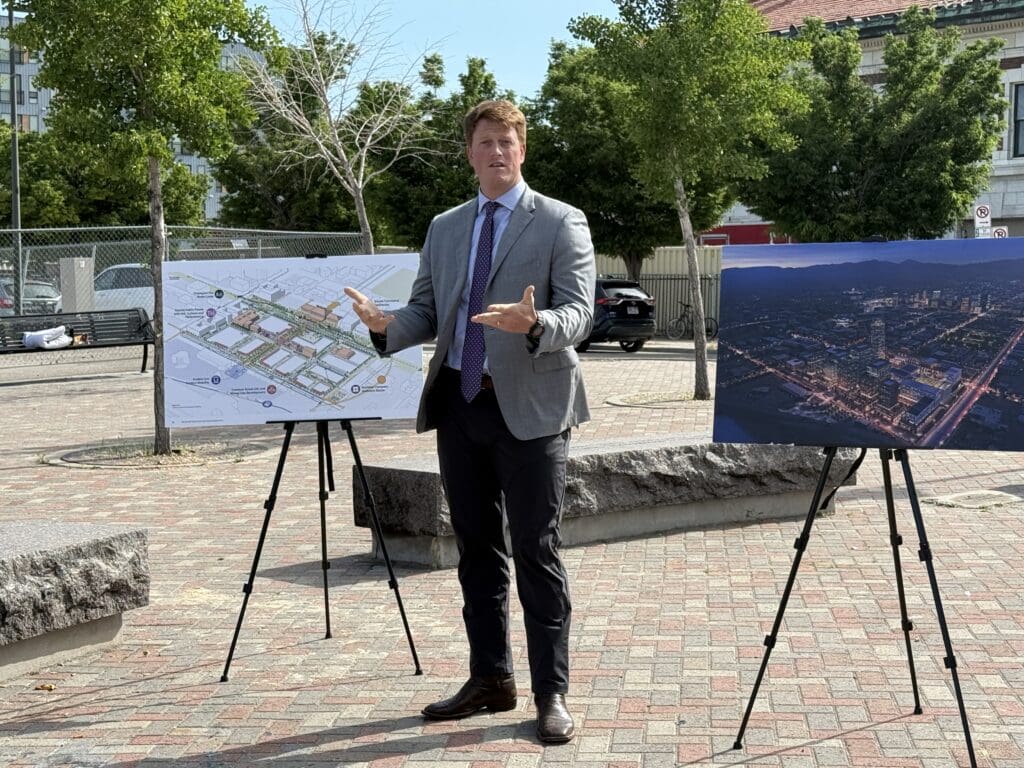
“This grant is a testament to what we can accomplish when local, state, and federal partners come together.”
The University of Utah, which owns the targeted parcel, will manage the cleanup effort. “This EPA grant enables us to bring back to life a long-neglected parcel of land in the Rio Grande neighborhood,” said Isabeau Tavo, Associate Director of Real Estate Development at the University of Utah. “Our team is grateful for the opportunity to help transform this contaminated brownfield into a vibrant and safe place for the community.”
A New Chapter for the Rio Grande
As part of the CRA’s vision, the cleaned-up site will contribute to a vibrant, mixed-use district that includes housing (both affordable and market-rate), office space, local businesses and non-profits, and cultural anchors, like the longstanding Artspace organization and new USA Climbing Headquarters and National Training Center. A reimagined 300 South will become a “festival street,” complemented by an adjacent arts alley and public plaza network.
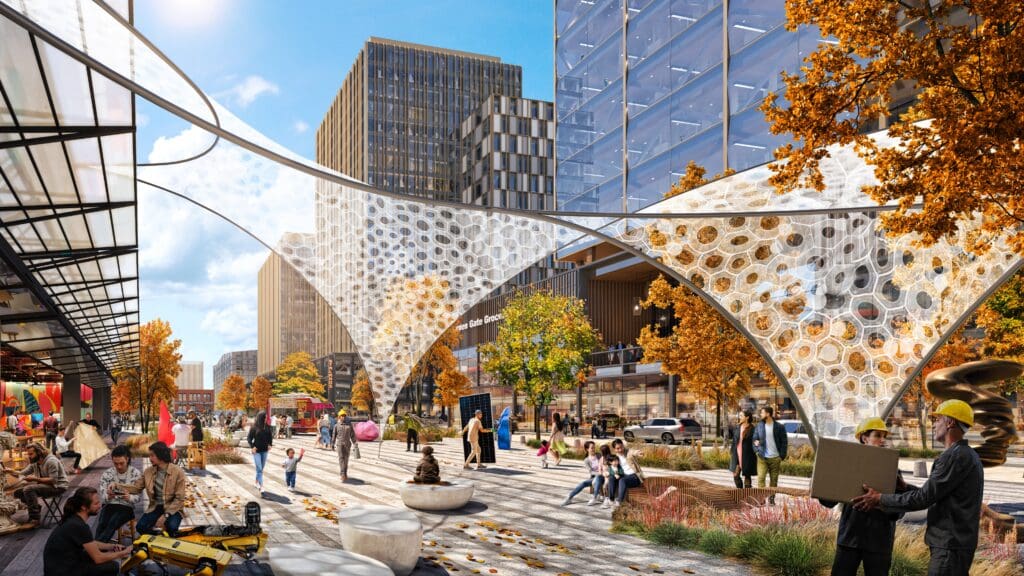
“This funding allows us to integrate a significant corner of the neighborhood into our broader plan—bringing us closer to a district defined by placemaking, equity, and access,” said Lindsley.
Looking Ahead
The environmental cleanup is expected to begin this year, led by the University of Utah in coordination with the CRA and other partners. It represents not just a technical milestone but a symbolic one: a signal that the pieces are coming together for one of Salt Lake City’s most ambitious urban redevelopment efforts in decades.
“As the CRA, we’re used to dealing with tough sites and long timelines,” Lindsley added. “But thanks to partners like the EPA and the University, we’re turning challenges into opportunity—and moving the Rio Grande District closer to the vibrant future our community envisions

